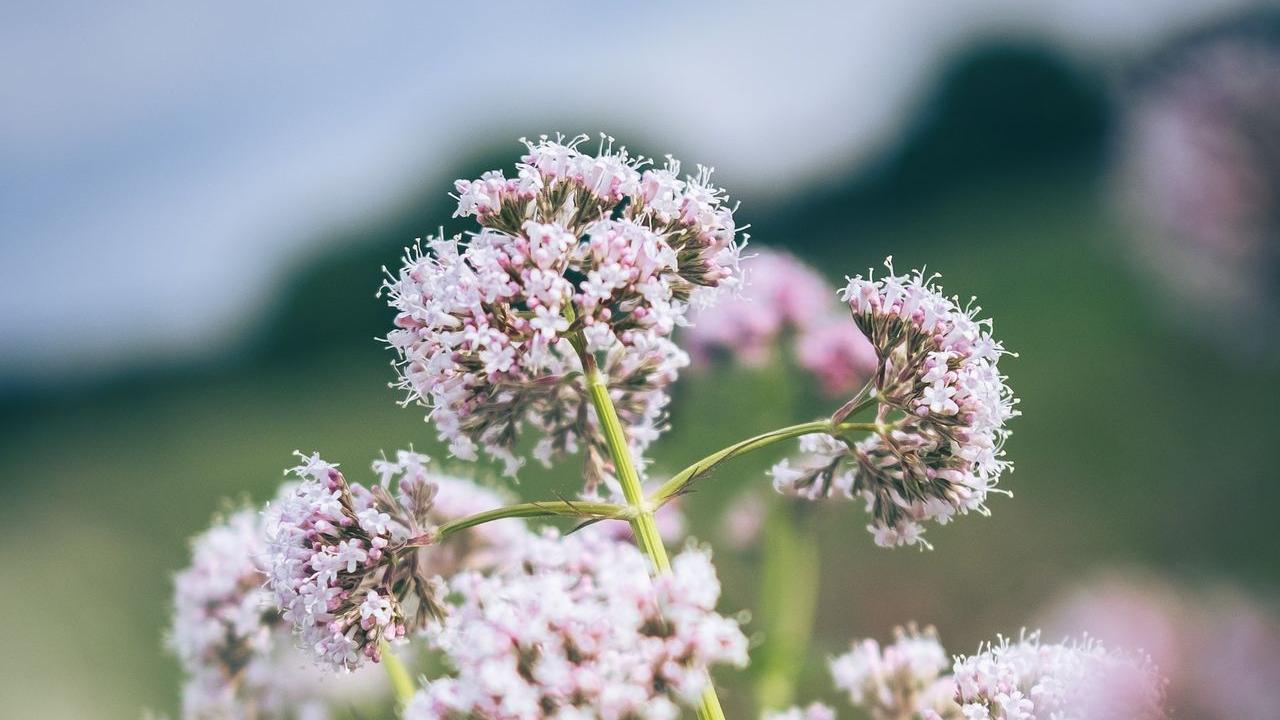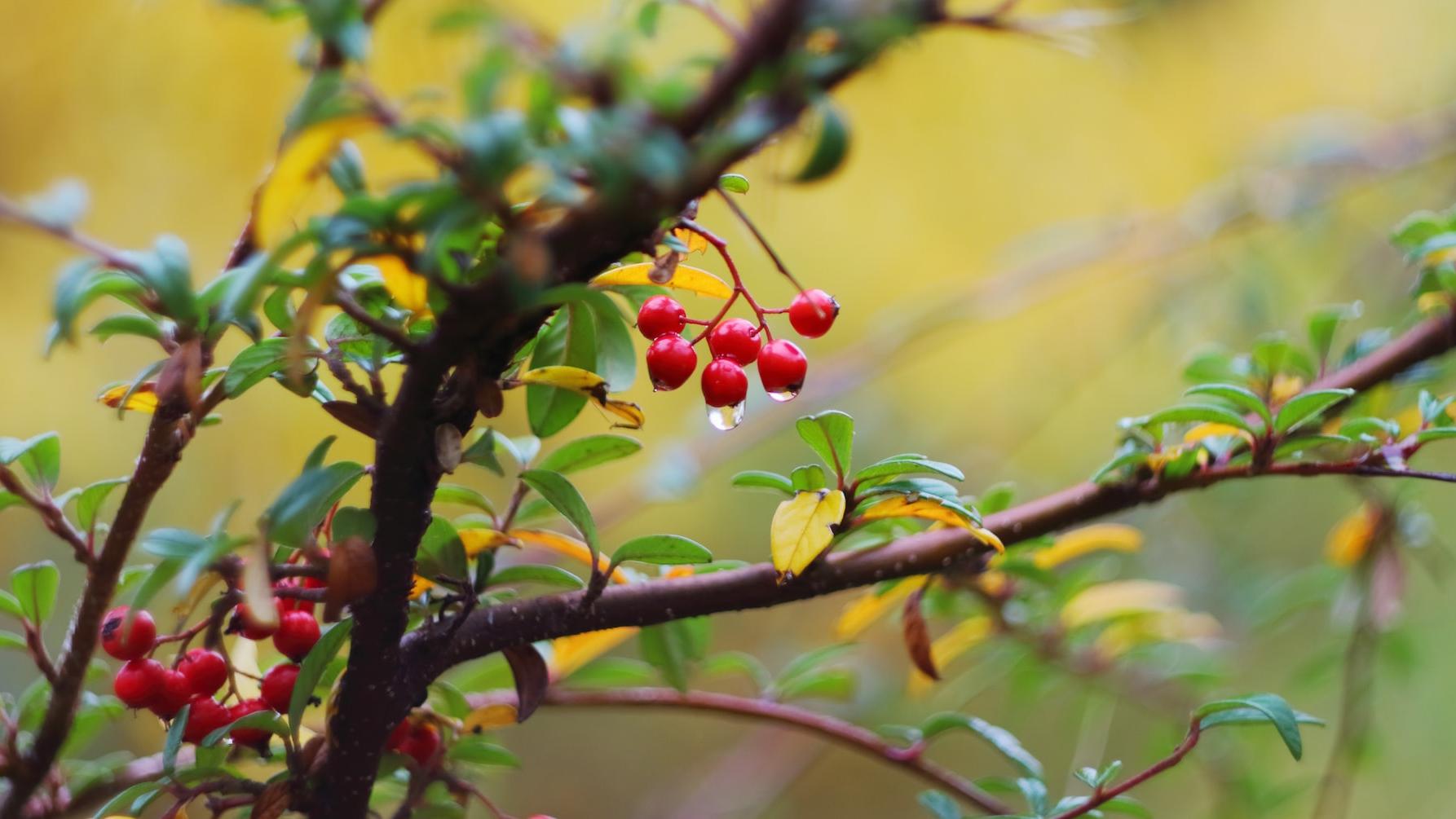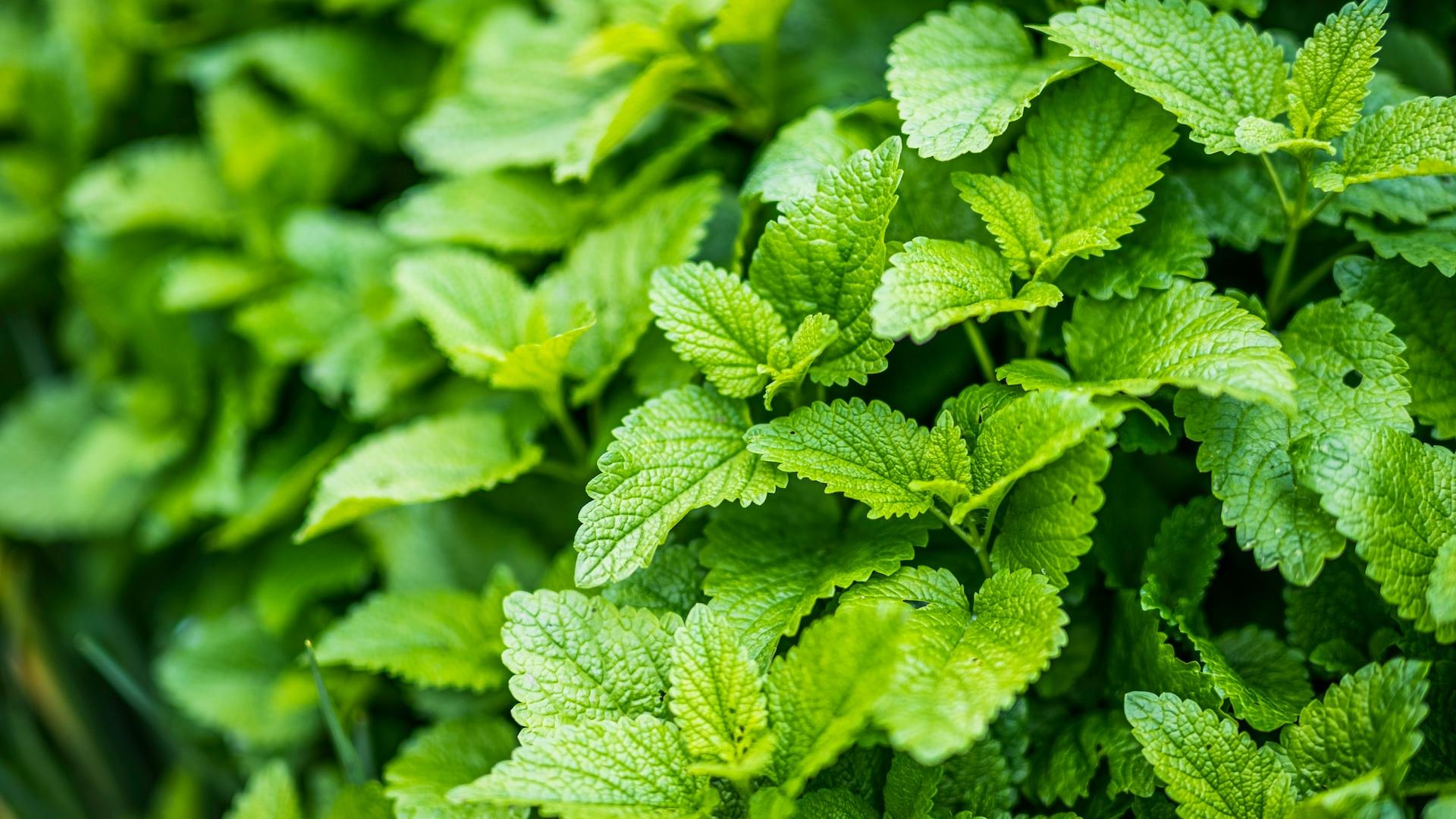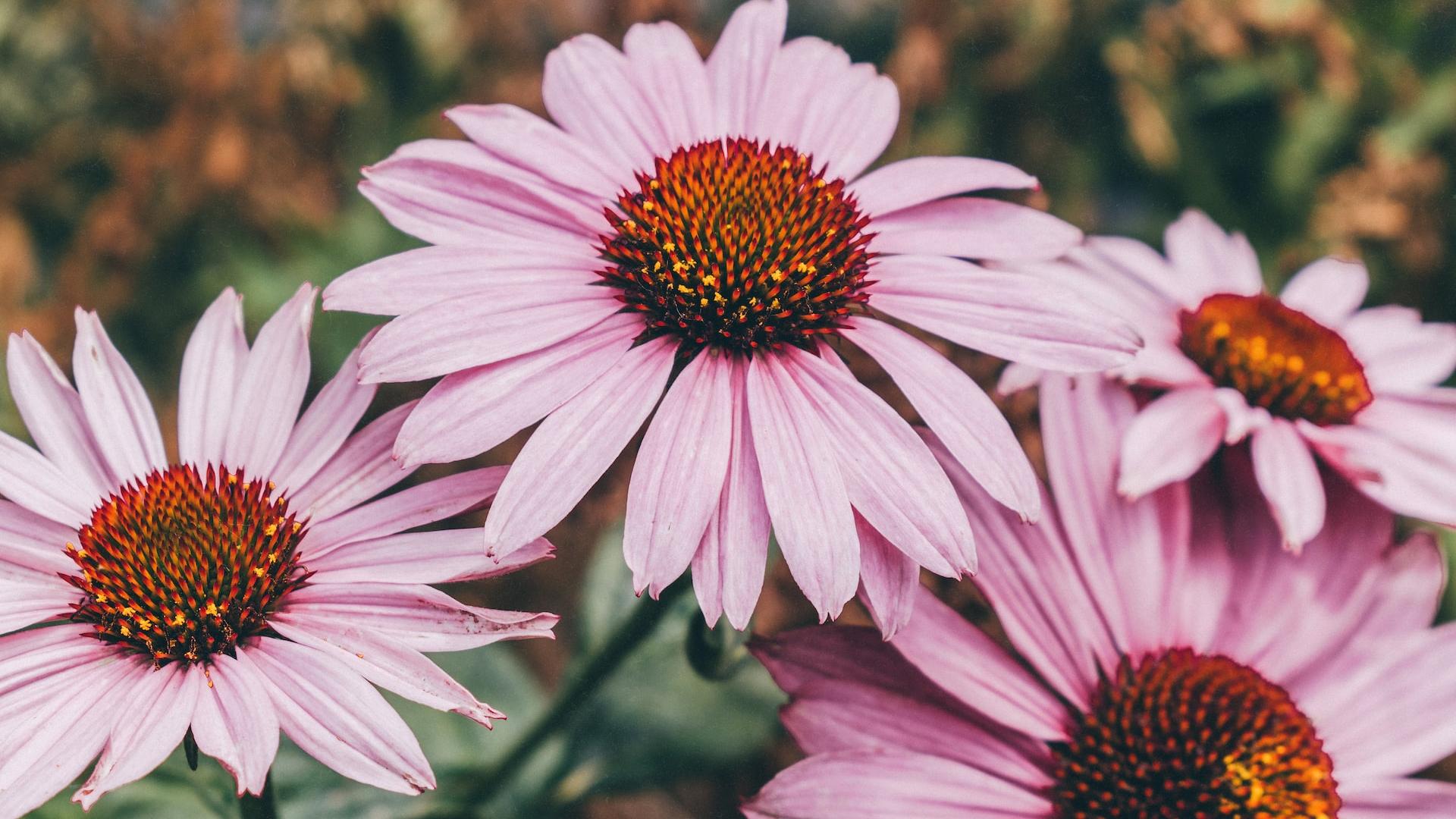The topic of regionality has accompanied us for several years. Since then, we have been working steadily on aligning and focusing our product portfolio accordingly. Our focus is on geographical Europe.
In this article we would like to introduce some products that we can now offer from Europe.
For more information click on the desired product:
Valeriana officinalis, also known colloquially as valerian, belongs to the plant genus of the valerian family. It is a perennial, herbaceous plant. It is native to Asia as well as Europe. Meanwhile, it has also been introduced into North America.
The roots are used. They contain essential oils, iridoids and fatty acids. Flavonoids and alkaloids are also known as ingredients.

The common ivy (Hedera helix) is from the Aralia family. The plant is native to Europe. It is an evergreen root climber whose leaf extract is used as a medicine.
Leaf constituents include flavonoids, tripertensaponin glycosides, caffeic acid derivatives, and polyaceylenes.

Belonging to the heather family, the bearberry (Arctostaphylos uva-ursi) grows as a dwarf shrub and reaches a height of about 50 centimeters. It is common in the northern hemisphere and can live up to 120 years.
The leaves contain tannins, flavones, arbutin as well as glycosides. It is known in natural medicine and was also used in the past as a dye and for tanning leather.

Chamomile (Matricaria recutitia, Matricaria chamomilla) has been used for medicinal purposes for thousands of years. It comes from the daisy family and is an annual herbaceous plant native to Europe.
The ingredients of the flowers include essential oil and flavonoids such as apigenin. It also contains phenolic carboxylic acids, coumarins and polysaccharides.

Lemon balm (Melissa officinalis) belongs to the labiates family. It originates from Europe. The herbaceous plant has an aromatic smell of lemons. Extracts, powders and other preparations are made from the leaves of lemon balm.
In them are contained essential oils, bitter substances, flavonoids triterpenic acids and labiate tannins such as rosmarinic acid.

Echinacea (Echinacea purpurea) belongs to the composite family and is also called American coneflower, lesser coneflower or coneflower.
The plant is native to North America, where it has been used as a medicinal plant for centuries. It contains essential oil, echinacin, resinous substances, inulin, glucose and vitamin C.
